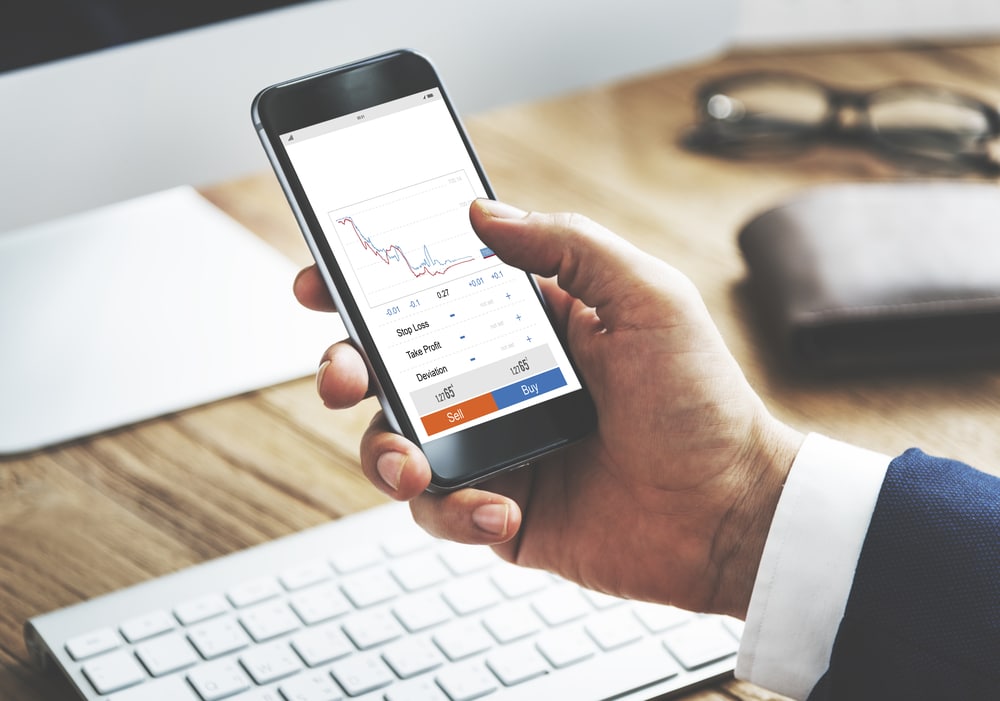How will easing policy impact major currencies?
Financial markets continue to look for the Federal Reserve and the ECB to begin monetary policy easing cycles in June, while expectations for the Bank of England hover between June and August.

>> Will the SNB’s decision impact what other central banks might do?
All three are seen cutting rates by around 75-bps. In theory, at least, this would seem to suggest very little room for the dollar, euro and pound to move against one another. However, the manner in which the easing occurs could be different and possibly drive a wedge between currencies even if central banks ease simultaneously.
The “manner” of easing that we are talking about here relates to two main issues. The first is whether the market judges rate cuts to be justified, and the second is whether political pressure has any role to play. We say this because we do sense that the case for lower rates from the Fed could prove harder for the bank to justify than rate cuts from the ECB and BoE.
In addition, political impartiality could be a bigger issue this year in the US than it is elsewhere. If we take the first of these, we do have a sense that the Fed is possibly pushing a bit harder to engineer policy easing than the other central banks. In some senses, this is to be expected. After all, the Fed has a dual mandate that seeks both 2% inflation and full employment. The ECB, BoE and most other central banks have just one: inflation.
As a result, the Fed seems more cognizant of the fact that rising real policy rates (as nominal rates remain stable and inflation falls) could jeopardise the labour market side of its dual mandate. Now don’t get us wrong here. We are not suggesting that the Fed is just going to let the inflation target go if unemployment starts to rise significantly. But, at the margin, it seems legitimate to question the Fed’s resolve to hit the inflation target relative to other central banks that do not have to share their policy mandate of full employment.
Another factor here is that the US economy is in much more robust shape than the euro zone and UK and, in theory at least, faces a greater risk that inflation not only stays sticky, but starts to rise again. FOMC members formed a median forecast last week for 2.1% GDP growth in the US this year. That’s not just an upward revision from the 1.4% predicted in December but also a considerable distance above the euro zone (which is put at 0.6% by the ECB) and the UK (where the BoE forecast is barely above zero). Significant growth discrepancies, but essentially an identical monetary easing path, could quite easily raise concerns that the Fed is playing a bit fast and loose on inflation relative to the other central banks.
>> Central bank meetings and impacts on currency market
In addition, there is the political dimension. Now again, we are not suggesting for one second that November’s presidential election will have any bearing on the Fed’s choices. The Fed is independent and will conduct its policy in a manner that upholds this independence. However, it is a fact that if an easing cycle starts around mid-year, it will do so in the teeth of an election campaign that’s almost sure to see presidential hopeful Trump criticise the Fed—and criticise it whatever the Fed does. For seemingly aggressive rate cuts will be lambasted by Trump as an attempt by the Fed to curry favour with Biden, while no cuts will see Trump criticise the Fed for ‘killing’ the economy. The ECB won’t face such an uncomfortable backdrop, and that’s even the case in the UK as well, despite this being an election year too.
A key question is whether any of these sorts of perceptions about Fed policy could undermine US assets, such as the dollar. Playing fast and loose with inflation is never a good look for the currency, nor are concerns about political interference in central bank policy. However, the US is different from everybody else. If these sorts of concerns really escalate, they could easily prompt a rapid unwind of global asset price strength and so bolster the dollar through its ‘safe’ asset properties. Hence it’s a tricky question to answer, but, if we had to pick a side, we’d actually come down on the side that suggests such a scenario is more likely to cause dollar strength, not weakness.








